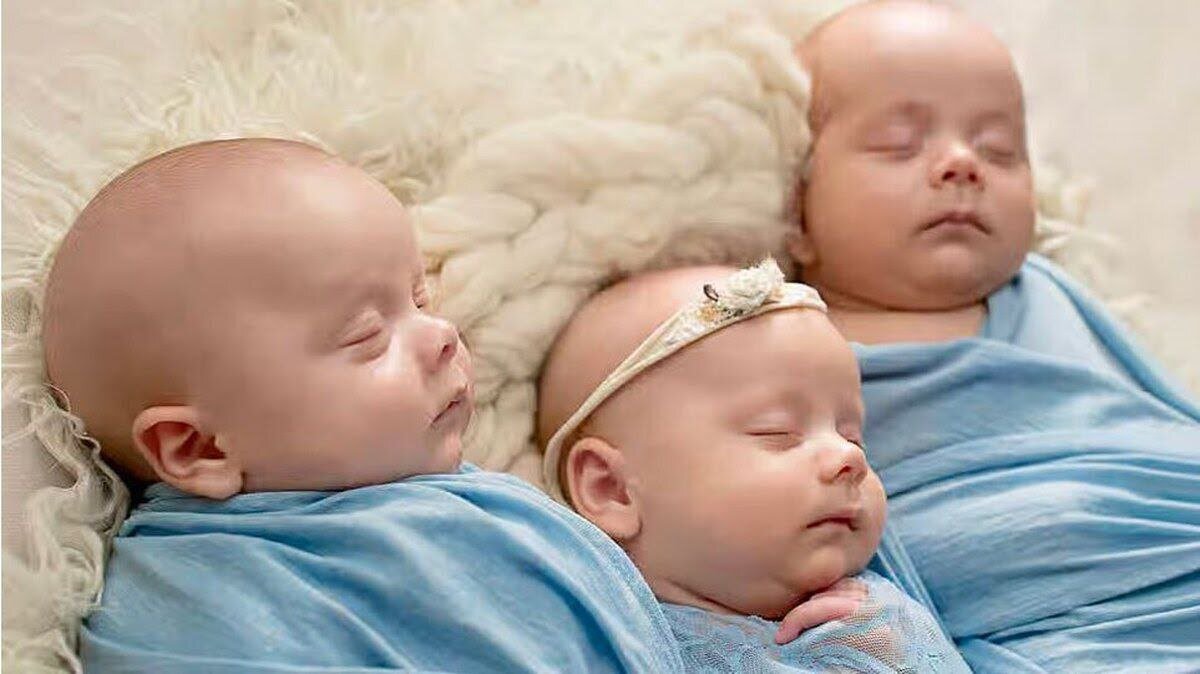Some 38,500 multiple births registered in a year

TEHRAN – Over the past Iranian year (March 2024 – March 2025), a total of 38,463 multiple births were registered in the country, according to the Civil Registration Organization.
Out of the 979,923 registered births, 18,196 were twins, 651 were triplets, 27 were quadruplets, and 2 were higher-order multiple births, Mehr news agency reported.
Tehran province, with 120,562 births, and Ilam province, with 6,534 births, had the highest and lowest number of births.
In the past Iranian calendar year that ended on March 20, the average age of women in Iran giving birth to their first child stood at 27.5 years, according to a report by the National Organization for Civil Registration.
The average age at which men became fathers was 32.3, the report added. The average age of first-time mothers in urban areas was 28.2, and in rural areas it was 24.4. The average age of first-time fathers in urban areas was 32.8, and in rural areas it was 30, IRNA reported.
The average age of first-time fathers and mothers was highest in Tehran (34.8 and 30.6), and lowest in Sistan-Baluchestan (27.2 and 22.6).
Iran’s transition into an aging country ‘inevitable’
Considering the fact that the fertility rate in Iran is stabilized at around 1.6 children per woman, which is much lower than the rate required to replace its aging population, the transition of society from young to middle-aged has become inevitable.
According to the first five-year national development plan (1989-1993), the policies focused on lowering the total fertility rate from 6.4 children in the Iranian year 1365 (1986) to 4 children in 1390 (2011) and reducing the population growth rate from 3.2 to 2.3 percent in the same period, IRNA quoted Mohammad-Javad Mahmoudi, an official with the National Institute for Population Research, as saying.
However, the measures taken back then led to a wide transformation and change in population indicators and a noticeable decrease in population growth and fertility rate far beyond the set goals of the first development plan in the country, the official noted.
According to the latest census, the number of aged citizens in the country is growing by 3.62 percent, five times faster than the total population growth rate, which is 1.24 percent.
In the Iranian year 1385 (2006-2007), there were 5,121,043 men and women aged above 60. In 2015, 10 percent of the country’s population was older than 60, ISNA quoted Mohammad-Javad Mahmoudi, an official with the National Institute for Population Research.
In the next 30 years, the population aged 60 years or older is projected to hold a 32 percent share of the whole population; that is, the elderly will account for one-third of Iran’s population by 2050, the official noted.
Currently, men and women aged above 60 constitute some 11.5 percent of Iran’s population, an official with the health ministry has said.
For the time being, elderly women account for 52.3 percent of the total population, outnumbering men (47.7 percent), ISNA quoted Saber Jabbari as saying.
MT/MG
Leave a Comment